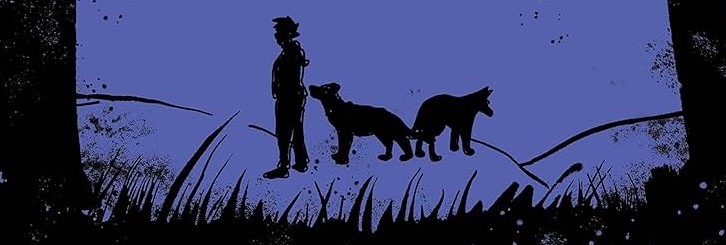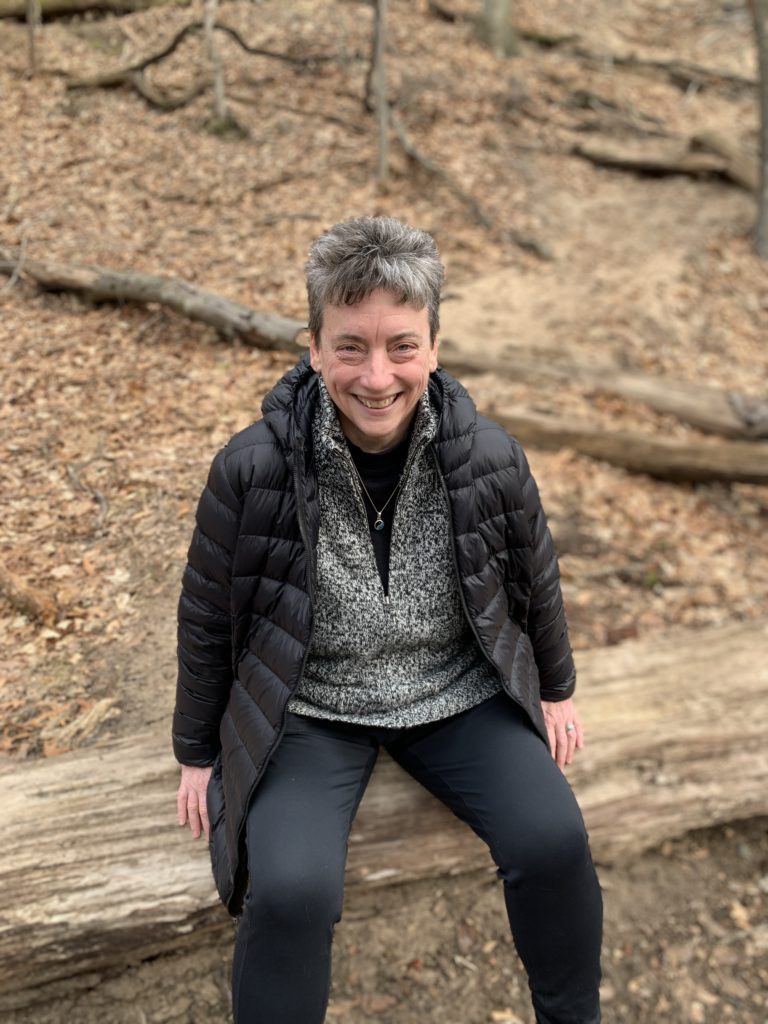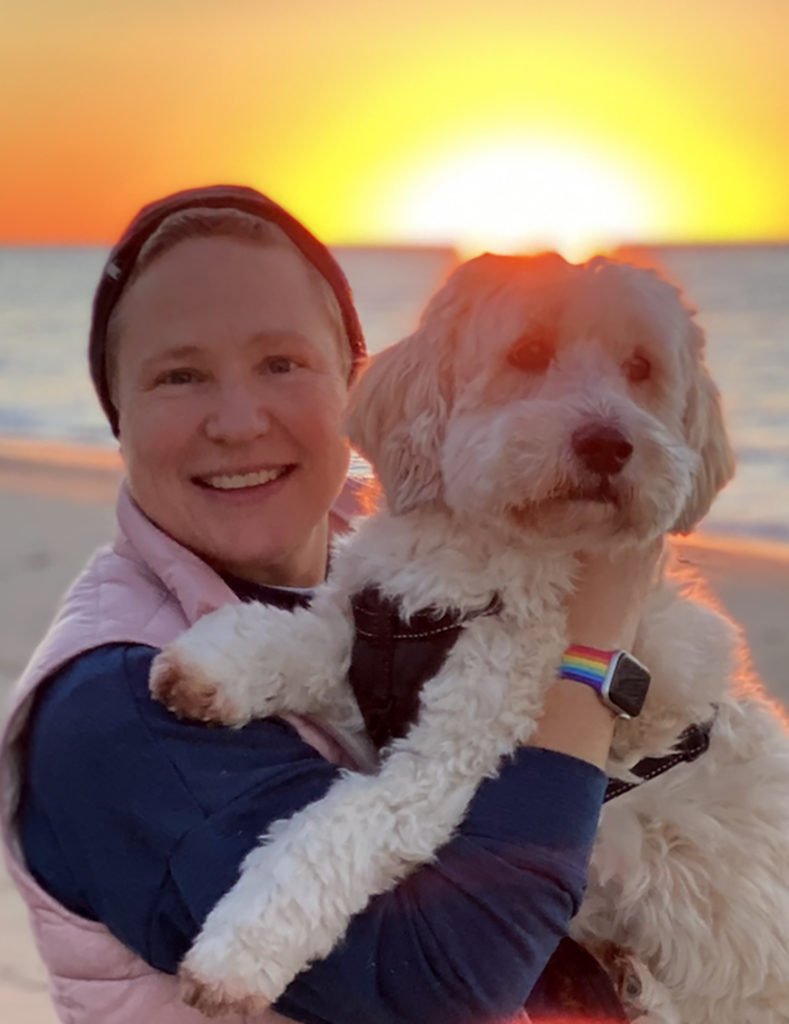By Maggie Haeussler, English Department ‘26
Chatter fills the Schaap Auditorium as students, faculty, and community members gather in anticipation of an evening spent in literary discussion. A hush falls over the crowd as the event is dedicated to Tom Andrews, an adventurous soul and talented writer who tragically passed away at only 40 years of age. The first presenter of the night approaches the microphone, and the audience members shift to the edges of their seats, eagerly listening.
Elizabeth Trembley, a Hope alum and former faculty member, introduces her graphic memoir Look Again. The memoir, released exactly one year prior to the night’s gathering, explores a traumatic experience and six very different variations of the story in the medium of comics. On a peaceful Friday morning in November, the narrator finds a dead body in the woods while walking her dogs. She then has to process the shock of this event, especially the terrible responsibility of calling 911 to report the body. Throughout the narrative, our main character is accompanied by three voices inside her head: Dragon, Hawk, and Danger Pickle
All of us are familiar with Dragon: the hyper critical voice that yells (in Maleficent’s voice) that we’ve made the wrong move. Inspired by Egyptian hieroglyphics, Hawk represents black and white two-dimensional logic: two and two is four. Tell the truth and everything will be okay. As anyone who has experienced anxiety understands, Danger Pickle’s only dialogue is to call “danger! warning!” in an almost constant chorus. (On a lighter note, Danger Pickle’s name and shape come from a finger-painting by Trembley’s nephew.) The reading from Look Again is spellbinding — as the audience sees comic panels projected onstage, four Hope students provide additional voices to assist Trembley in bringing excerpts of the memoir to life. It’s vivid, haunting, and beautiful. Applause fills the auditorium as our next presenter, MK Czerwiec, RN, MA, takes the stage.
Czerwiec is a pioneer in the field of graphic medicine — a combination of art, writing, and nursing. She already had a strong background in creative writing and in nursing when she first began to doodle comics as a stress-reliever after long days. She didn’t ever expect to do anything with her drawings, but she’s now published several books, including one called Taking Turns: Stories from HIV-AIDS unit 371. The book focuses on the humanity of the patients, caregivers, and families in Unit 371. Czerwiec has come to recognize the power of comics as an efficient visual metaphor to help us quickly make sense of confusing or distressing concepts and situations.
Czerwiec’s sense of humor shines forth as she presents, laughing at the dorky group-reading and joking that she turned to comics as an alternative to revising written pieces. Her points, however, are serious — a comic can help a patient tell their story, a caregiver de-stress, or a family member learn about a policy or procedure. She believes that everyone should draw and everyone should doodle — even if they think they “can’t draw.” And to all the intellectuals out there who don’t have time for silly things, Czerwiec says that “drawing is totally cool — and peer reviewed!”




